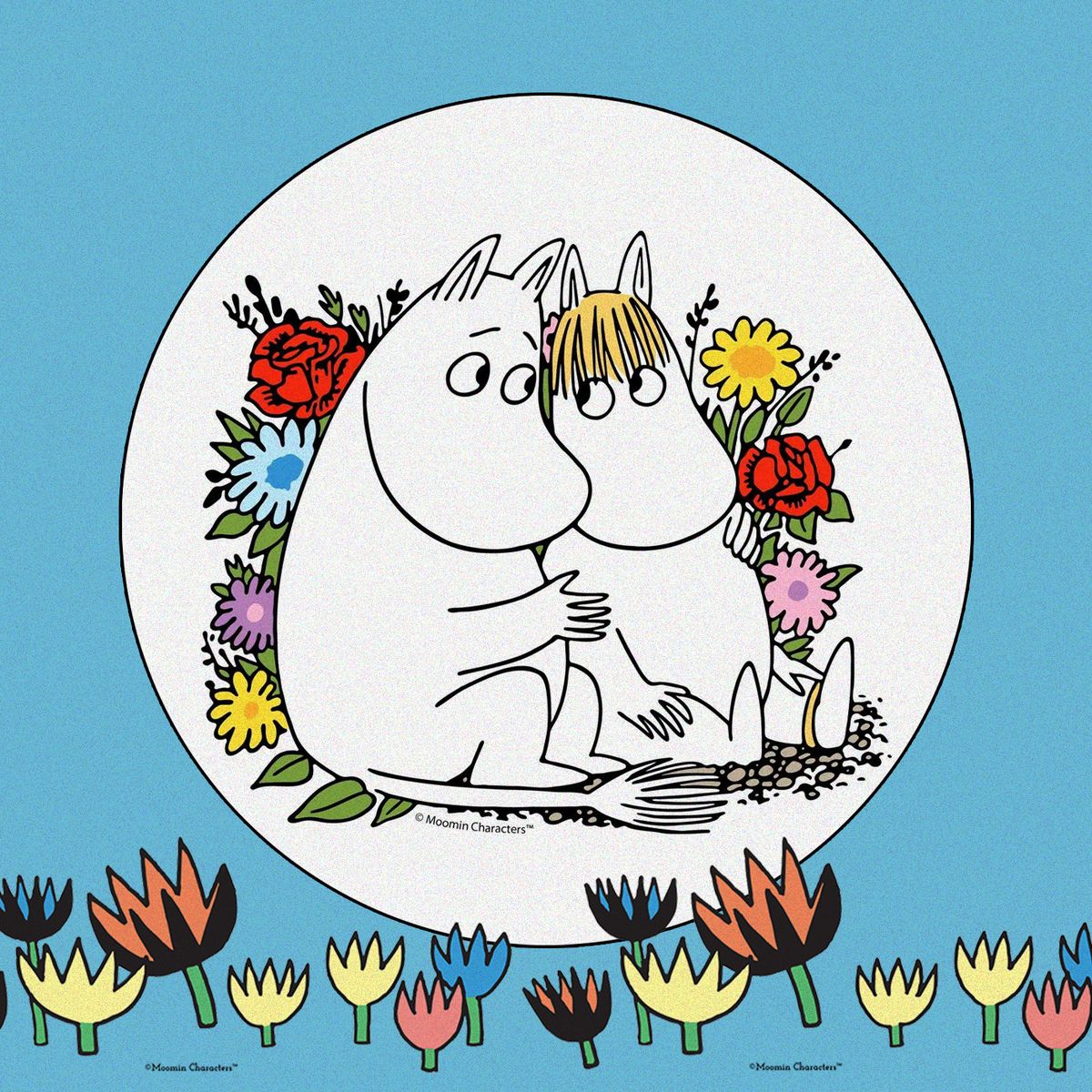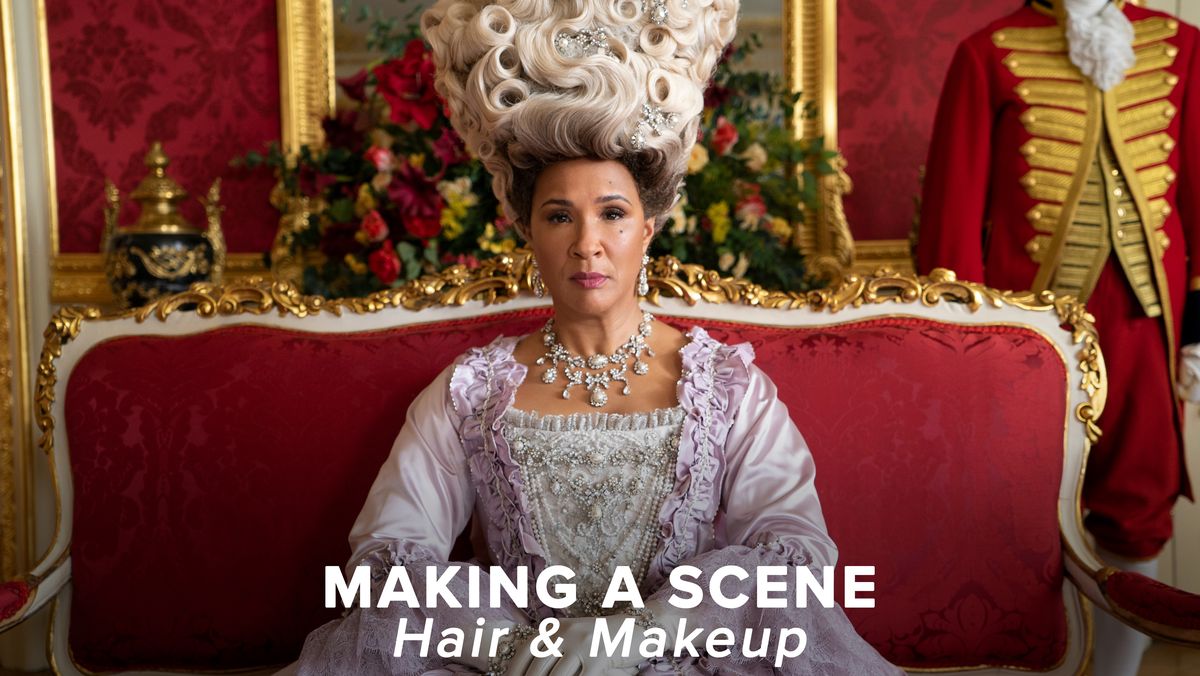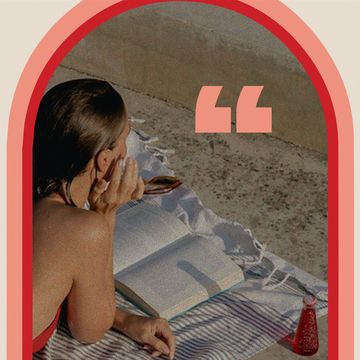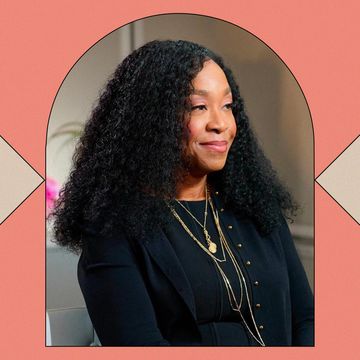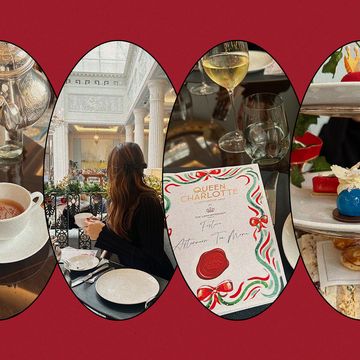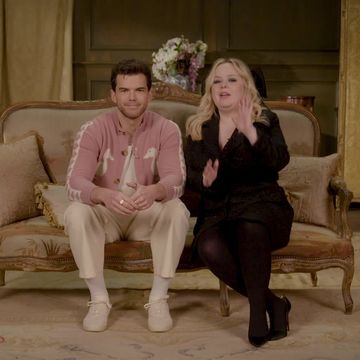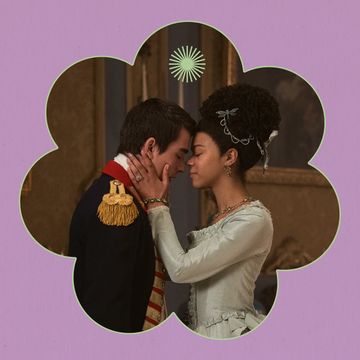I was on a cruise somewhere between Stockholm and Helsinki when I spotted my first Moomin, a creature who looked like something between a marshmallow and a hippo. It was love at first sight, even if I skirted the photo op with the larger-than-life mascot in favor of buying a smaller version in the ship gift shop. By the end of the trip, my moomin collection would expand to include several books and postcards, which I gleefully sent to friends and family back home with little to no explanation of the gorgeous, childlike images they contained.
Little did I know I had only scratched the surface of my new cartoon obsession. More than just aesthetically adorable, the trolls (not hippos as I had first assumed) live vibrant lives in Moominvalley, their adventures punctuated with additional non-troll characters with vibrant wants. Among them include Little My, a young girl who loves to bite (but also is willing to help solve problems); Snufkin, a philosopher and traveler; and Groke, a seemingly terrifying character who just wants companionship and warmth.
Their adventures were legion. Nine original books written between 1945 and 1970 and an accompanying comic strip that ran during the same period provided fertile ground for spin-offs, including a legion of Finnish-, Swedish-, and British-produced films. They’ve pulled down their fair share of internationally notable celebrity talent. The 2010 film Moomins and the Comet Chase featured a theme written by Björk. And the most recent Moomin television installment, Moominvalley — now four seasons deep — features voice acting by Kate Winslet, Taron Egerton, and Rosamund Pike.
It’s no wonder that the first place these stories caught on was in Scandinavia. Author and illustrator Tove Jansson was born in Finland when it was still annexed by Russia. She was an outsider artist despite an illustrious education — being both queer in a time of limited acceptance (homosexuality was legalized in Finland in 1971) and being a part of the Finnish-residing, Swedish-speaking minority provided perspective.
It’s also easy to see just how much the environment played a role in creating the world of the Moomins, from its numerous swimming spots to its easily accessible nature — Helsinki could easily double for Moomin Valley — to say nothing of the Finnish archipelago where Jansson’s family had a summer home. Jansson was constantly creating and worked extensively as a writer and a painter, but nothing hit quite like Moomins — a collection with universal acclaim that landed her the Hans Christian Andersen Medal in 1966 and her face on a 2 Euro coin in 2014.
Although the source material is just now being exported to the United States via a deal with Barnes & Noble, the Moomins series is the most translated Finnish literature of all time — so, if you know anything about our neighbors to the (far) north other than saunas, chances are Moomins might have something to do with it. We have a lot to catch up with when it comes to the characters, who are so beloved that they have clawed their way out of the books and onto so many pieces of merchandise, it’s difficult to walk through a European airport gift shop without spotting a Moomin mug, T-shirt, or keychain.
But it’s important not to measure Moomin as pounds of plastic — or even as theme parks for that matter. (Different versions of the Moomin Valley exist in Finland and Japan.) They are a series of characters who evoke deep emotions. The adventures in Moomin Valley create the kind of childhood memories that only grow as readers and viewers get older and discover stories that deepen with life experience. Externally, the core Moomin family are fairly traditional, but the stories often offer a feminist twist. As any adult fan of the series can tell you, Moominmamma might have been sporting an apron, but she really wore the pants. And like any mother worth the title, there was nothing in town she wasn’t able to fix with the contents of her Mary Poppins-like bag.
Symbolism and metaphor are also deeply woven into each story. Jansson was a fan of historical revision long before Quentin Tarantino hit the scene, and The Moomins and the Great Flood, released in 1945, was seen as the author’s response to World War Two. (“My first happy ending!” Jansson wrote in the book’s forward.) Meanwhile, Comet in Moominland, released the following year, appeared to many readers to address the looming threat of nuclear weapons. (“It would be a terrible thing if a comet hit the Earth. … Everything would explode,” says Moomintroll.) Moominland Midwinter is ostensibly the story of the Moomintroll waking up in the middle of hibernation and having to find friends to avoid loneliness, but it can also be read as a spot-on allegory for puberty and finding one’s way in the world. Meanwhile, Moominpappa at Sea, one of the final Moomin books to feature the Moomin family, is often praised for its open portrait of a midlife crisis and depression.
But no matter how outrageous the situation, how personal the stakes, or how intense the run-in is with a villain named Stinky who wants to eat their houses (yup, you’ll just have to read it), the residents of Moominvalley handle each situation with open-minded kindness. And while Jansson might have created the world’s cutest marshmallow-like trolls, along the way she created something even rarer — a space where everyone can feel accepted and valued. Who wouldn’t want to visit?
Laura Studarus is a Los Angeles-based travel writer who has contributed to Fast Company, BBC Travel, and Thrillist. Follow her on Twitter at @Laura_Studarus.
Get Shondaland directly in your inbox: SUBSCRIBE TODAY
